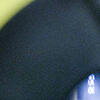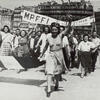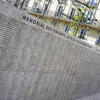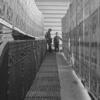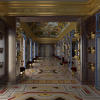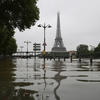You are here
The Sound of 18th-Century Paris
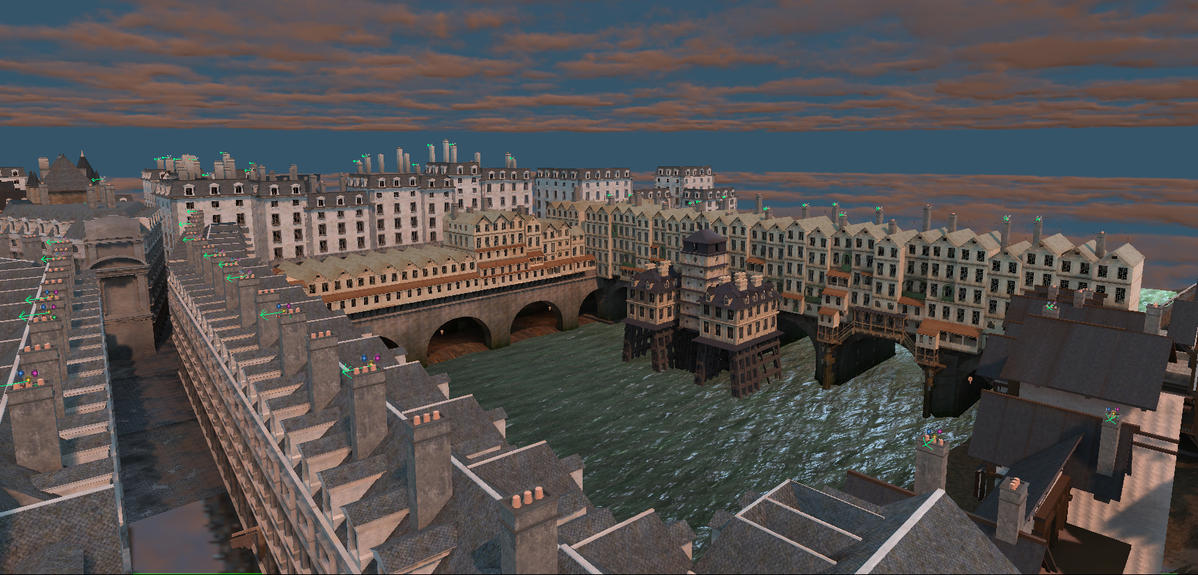
Paris as you have never heard it before! This novel experience is offered by Mylène Pardoen, a musicologist at the Passages XX-XXI laboratory,1 through the Bretez Project. The name is not without significance: the first historical audio reconstitution created by this team of historians, sociologists and specialists in 3D representations2 is set against the backdrop of 18th-century Paris as it appears in the famous Turgot-Bretez Map of 1739. Turgot was the provost of the merchants of Paris who commissioned the map, while Bretez was the engineer in charge of surveying the city’s streets and buildings.
70 sonic tableaux
More specifically, the 8’30” video takes the viewer to the heart of the Grand Châtelet district, between the Pont au Change and Pont Notre Dame bridges. “I chose that neighborhood because it concentrates 80% of the background sound environments of Paris in that era, whether through familiar trades—shopkeepers, craftsmen, boatmen, washerwomen on the banks of the Seine, etc.—or the diversity of acoustic possibilities, like the echo heard under a bridge or in a covered passageway,” Pardoen explains. While historical videos with soundtracks are nothing new, this is the first 3D reconstitution based solely on a sonic background: the quality of the sounds (muffled, amplified…) takes into account the heights of the buildings and their construction materials (stone, cob etc.).
This urban soundscape was recreated based on documents from the period, including Le Tableau de Paris, published in 1781 by Louis-Sebastien Mercier, and the work of historians like Arlette Farge, a specialist on the 18th century, Alain Corbin, known for his research on the history of the senses, and Youri Carbonnier, an authority on houses built on bridges. The audio tour includes sounds like the cackling of birds in the poultry market, the hum of flies drawn to the fishmongers’ stalls, the sound of the loom at the woollen mill that used to stand at one end of the Pont au Change, that of the scrapers in the tanneries on Rue de la Pelleterie, of typesetting at the print shop on Rue de Gesvres… all overlaid with the incessant cries of the seagulls that came to feed on the city’s heaps of waste. In total, the project incorporates 70 sonic tableaux.
Showcasing history
“All of the sounds are natural,” Pardoen points out. “Machine noises, for example, were recorded using authentic antique devices.” Only the sound of the Notre Dame pump, which drew water from the Seine for the city’s consumption, was artificially recreated: the researcher recorded an old-fashioned water mill and reworked the sound based on the (estimated) size of the vanes of the Notre Dame pump.
Presented to the public on June 16-17 2015 as part of “Innovatives SHS,” a social sciences exhibition at the Cité des Sciences in Paris, the project is mainly intended as a prototype for history museums that might want to showcase their own city’s audio heritage. Developed on a video game platform to facilitate the integration of sound and movement in a 3D reconstruction, it is compatible with all types of digital equipment: computer terminals, tablets, etc. “It is a research project that will continue to evolve,” Pardoen reports. “The next step will be to include the machines and devices that are now missing from the image, and allow the ‘audience’ to stroll freely through the streets of the neighborhood.”
Related topic: A Paris Journey Through Time



